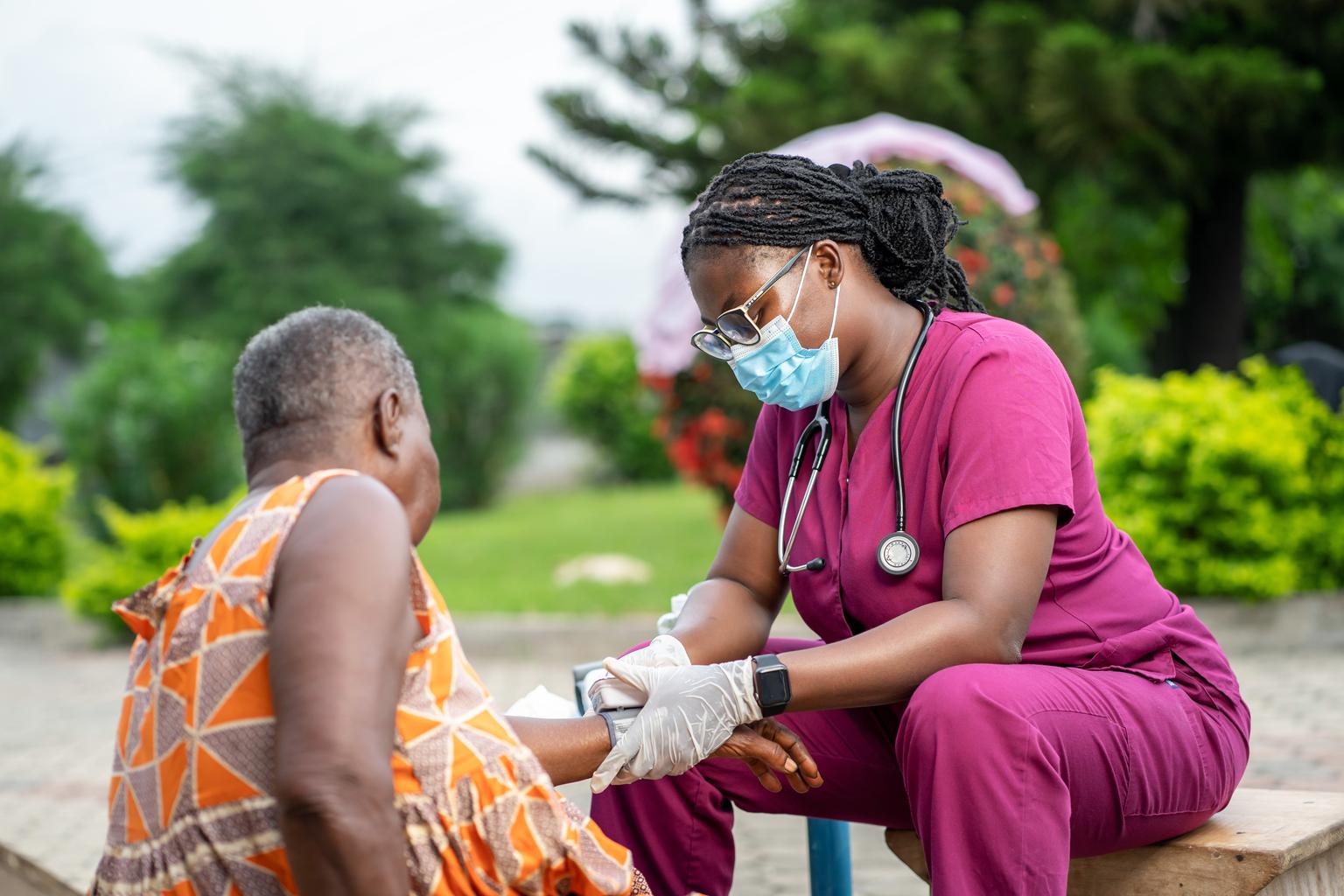With clinical rotations, you treat patients using the diagnoses you discussed in the classroom. Here’s a rundown of what you need to know.
Medical school coursework breaks down into two distinct stages: preclinical and clinical.
The former teaches you about the human body and how it's supposed to function as well as the diseases that can affect it. You memorize the smallest details about such complicated topics as transporters in the kidney and genetic changes for uncommon congenital pediatric diagnoses. Then you try to store all this information in your brain until the much-feared USMLE or COMLEX exam.
The latter includes clinical rotations. This is where medicine truly comes alive. You treat patients using diagnoses you discussed in the classroom and prescribe the pharmacologic agents you previously memorized. Of course, rotations come with their own challenges. Here's a look at what to expect and how to succeed.
What are clinical rotations?
Clinical rotations are the time medical students spend as members of a medical team so they can learn what is involved with each medical specialty.
The Association of American Medical Colleges and the American Osteopathic Association require that each person who earns an MD or DO has spent a certain amount of time on core rotations. These core rotations include:
- Obstetrics and gynecology
- Internal medicine
- Family medicine
- Pediatrics
- Psychiatry
- Neurology
- Surgery
Medical students spend four to eight weeks on each rotation as an integral member of the team. These teams can vary in size based on the rotation and your rotation site, but they will certainly include other medical students, residents and an attending physician. On some rotations, you may interact with fellows, who have completed residency but are receiving subspecialist training.
What is your role on the team? Learning without the pressure of autonomy. Your resident physician will help you evaluate the clinical status of your patients and determine appropriate changes to the medical plan each day.
Why are clinical rotations important?
When I presented one of my first patients on rounds, an internal medicine resident responded, "Patients don't read the textbook."
I had mentioned that the patient met some criteria for pulmonary embolism but that it wasn't a "slam dunk" diagnosis. The resident's point? The clinical criteria and findings in pathology textbooks are literally the "textbook definition" and may not take into account different symptoms that are based on age, gender, comorbidities or other factors.
In other words, rotations will introduce you to the nuances of medical diagnoses. Clinical skill is based on experience. This is the time to develop physical examination maneuvers (with the help of residents and attending physicians), learn how to interpret medical laboratory studies and start to think about how you want to practice medicine.
Pocket Notebook is a must-have resource for fast answers to diagnostic questions you'll face on clinical rotations. Download the Pocket Medicine from the Apple App Store or Google Play.
What challenges should I expect?
With rotations, you will learn and be evaluated differently from before. This is the point in your studies where you start learning by doing: You learn by hearing the other members of your team discuss patients, and you learn from experience as you watch what happens to your patients.
Academic Medicine notes that the transition to rotations can be especially difficult for MD-PhD students, who may not have the clinical skills of their peers. That said, everyone is different. It takes trial and error to figure out the best way for you to learn in this setting. But here are a few challenges you're likely to face.
Alphabet soup
On my first rotation of my clerkship year, I was stunned by the number of acronyms in medical charts. In addition to acronyms, clinical medicine includes diagnoses that are rarely discussed in the classroom, diagnostic tests that you haven't learned about yet and other terms used by physicians that you may have never heard. Be sure to keep a running list of terms you don't know so you can familiarize yourself with them.
Time management
Clinical rotations are all about practical learning, but you'll still need to prepare for shelf exams, which will assess what you've learned on the job. What you're asked on these exams won't always overlap with what you see in the hospital, so it can be difficult to prepare. Consider asking the residents you're shadowing for advice on succeeding on shelf exams.
The caregiver role
Inevitably, there will be some patients who don't respond well to treatment. These negative outcomes can take a toll on us as providers. But now is a good time to develop resilience strategies. Again, residents, attendings and other mentors may be a good source of wisdom here.
How can I succeed?
Clinical rotations may come with their share of challenges, but keeping a few tips in mind will increase your chances of success.
1. Get to know your patients
As a medical student, you have fewer patients than residents. You're not expected to know everything about their medical diagnoses, but you should know everything about their symptoms, their medical history and their social history.
2. Invest in your patients
Medical students often want to know whether they should do supplemental reading. When you do it, you should do it for the right reasons. Read for the sake of understanding your patient's pathology or working toward an answer, not just to impress the other members of the team. Be committed enough to the care of your patient enough that you want to be involved throughout the day.
3. Work with ancillary staff
Ask other staff members about what they have seen done before with cases like yours and what concerns they have about your patients, then share these suggestions and concerns on rounds. It's incredibly helpful to the rest of the team when medical students do this legwork.
4. Plan your studying
It's best to create a schedule to prepare properly for your shelf exam. A study schedule with different goals for each day is best in order to make sure that you don't fall behind on your preparation.
5. Ask for feedback
Ask for feedback from your residents, fellows and attendings about your clinical decision-making, your documentation, your presentations and your contributions to the team. This feedback will help you improve your skills in preparation for upcoming rotations and ultimately will prepare you for residency.





